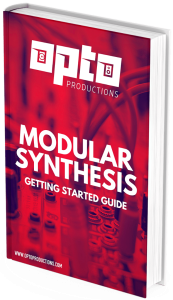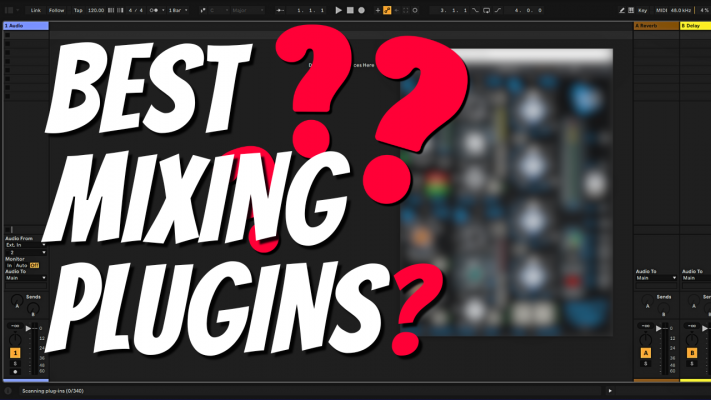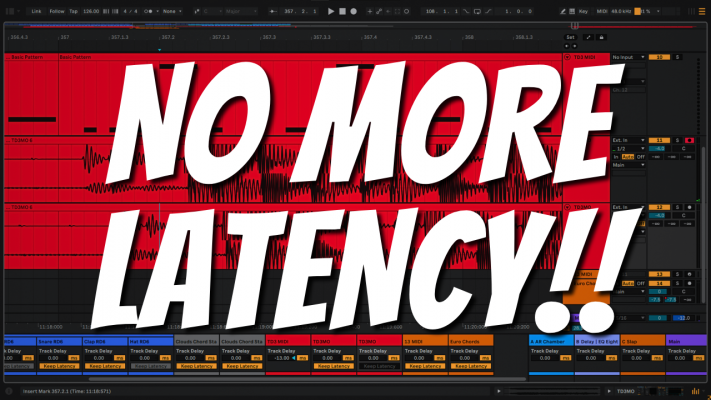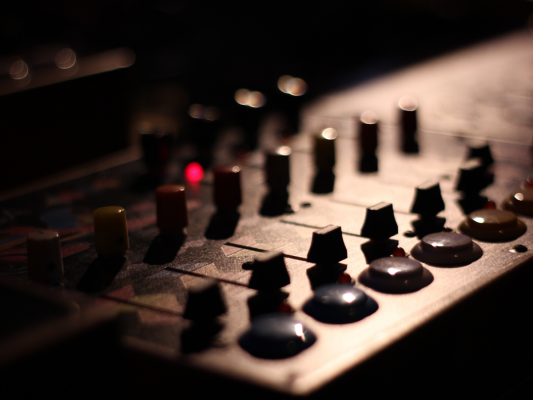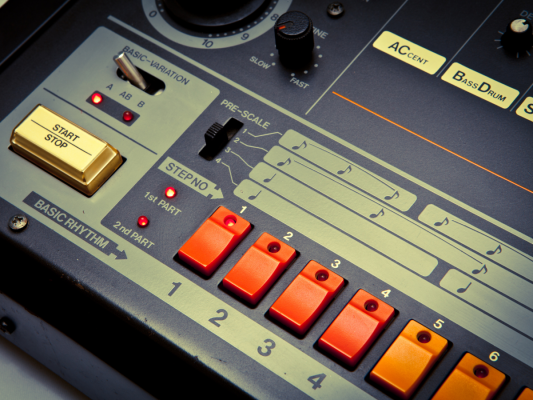Keeping your listeners interested
The last couple of weeks I took a closer look at electronic music, specifically house music. While house music has numerous sub-genres, all longer forms of house music ranging from 4 to 9 minutes, actually have a way of keeping the listeners interested.
The most common arrangement technique of electronic music, in general, is that a new element is introduced every 4, 8 or 16 bars. Interestingly enough, people expect something new to happen after an even number of repeats. Listeners don’t even need to count the measures, they can hear when the next section is about to drop thanks to various obvious and more subtle cues.
Transitional cues
One of these cues is a chord progression that repeats every 4 bars. After we hear the progression one time we expect it to stay the same. An interruption in this pattern indicates a structural change, from verse to chorus for example. The interplay between repeating patterns and breaking them keeps people listening. Making changes when people least expect it is a powerful way to keep your listeners interested.
A subtle cue can be a kick drum that is shortened on the 8th bar just before the repeat. A reverse crash leading into the first measure of the next section. The bassline that moves up an octave for a moment or a clap sample washed in reverb. Incidental effects also play an important role in keeping the track interesting. Especially with instrumental music when there is no lyric or melody to focus on. It can be a long time to listen to 8 bars of music without any change. Therefore, effects can be added halfway through the 8-bar section to bridge the gap.
Prevent static loops
You should prevent static loops as much as possible and sometimes that means introducing a new element on something other than the first beat of the first bar. And what about changing the sonic quality of elements you already use? Lowpass filtering sounds over time is very common and adds movement to a section. Panning percussion elements around the stereo field also creates movement. But remember, contrast is key. Occasionally bumping the reverb send or doubling your hi-hat patterns from time to time adds contrast to your otherwise static loop.
By playing with a synthesizer and randomly twisting knobs, really interesting sounds can be found. Why not record these parameter changes to add interesting development to your sounds with a real human feel? This is a bit easier if you have a hardware synthesizer with physical knobs, but the same can be recreated in the box by using a midi controller. The filter parameter being the most obvious one but changing the attack and release settings can also lead to interesting results. Some synthesizers can even morph smoothly from one sound to the next.
Polyrhythms
Also, try to change your rhythmic patterns now and then. You don’t have to have an offbeat open hi-hat 4 times in a measure. Try 3 for a change. Interesting patterns happen if you combine 3 measure loops with 4 measure loops, also known as poly-rhythms. Or, try shifting a percussion loop by one 8th note and see what happens.
Adding effects and automation used to be my last step in the creation of an electronic track. Nowadays it is one of the first things I do. Effects are absolutely necessary to create tension and release. Ambient drones and other subtle background elements not only add interesting layers, but they contribute big time to the mood and feel of a track.




